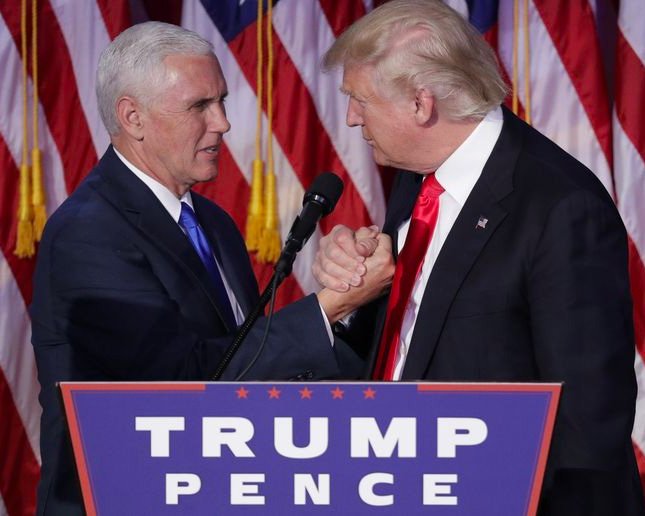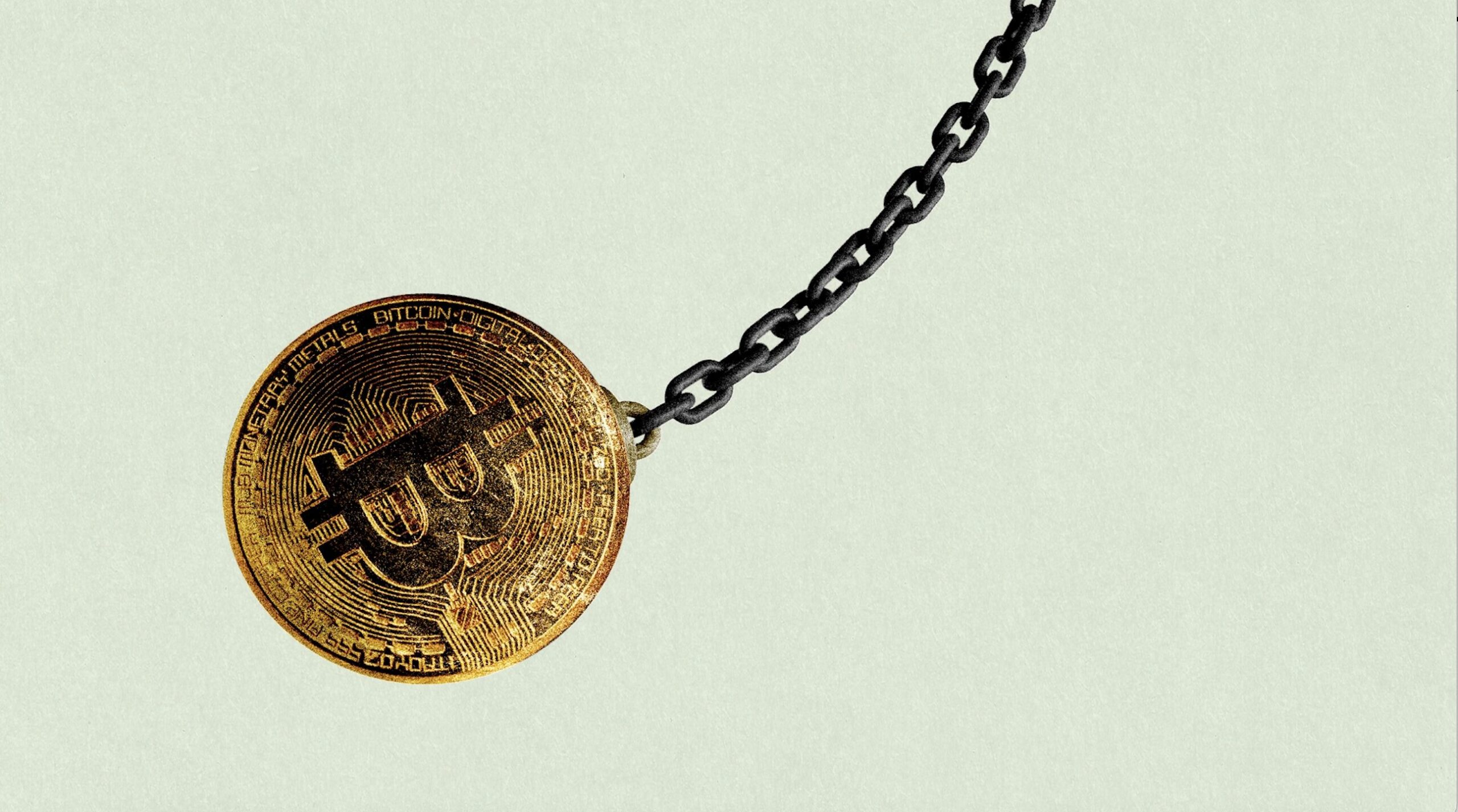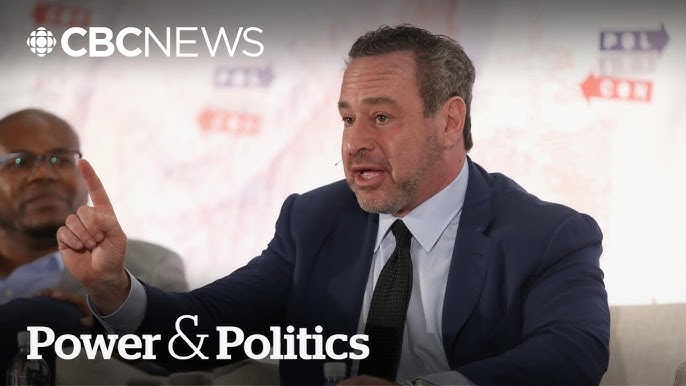Are constitutionally committed Americans doing all they can to prevent a pro-Trump plot to pervert the 2024 election?
Maybe not.
But along with that question, here’s another: Are constitutionally committed Americans doing all they can to prevent Donald Trump from winning the 2024 election fair and square?
The Biden administration’s numbers are slumping in the fall of 2021, opening the way for Republican gains in 2022 and the return of the twice-impeached ex-president as a presidential nominee. The schemes and machinations of the pro-Trump movement are part of the story. But if we’re heading toward a crisis of the republic, the mistakes and misfortunes of the anti-Trump coalition deserve a mention as well.
This is not a “both sides to blame” complaint. Only one side is “to blame” for the crisis: those willing to reelect a corrupt and authoritarian president, even by disenfranchising legal voters if that’s the only way to do it. But given that reality, it’s more than an everyday political imperative that the other side govern successfully. It’s a unique moral imperative.
That success is proving elusive. The troubles of the Biden administration could empower Senate, House, and state Republicans to restore Donald Trump to office. These troubles are intimately interconnected, but for clarity I’ll separate them and discuss each in turn.
COVID-19 Hangover
The United States now lags the rest of the developed world in vaccination uptake. Even the countries that somehow missed the opportunity to obtain vaccines early—Australia and Japan, for example—are now overtaking the United States, or soon will.
The highest promise of the Biden administration was to overcome the pandemic rapidly and restore the country to normal by 2022. Right-wing disinformation and Republican obstruction have thwarted that mission through 2021. Even if a new wave of vaccine mandates overcomes those obstacles this fall and winter, they have lasted long enough to disrupt the economic recovery from the COVID shock.
With day care and school in question, hundreds of thousands of women still have not returned to the labor force: almost 2 million as of midsummer. The enormous Baby Boom contingent accelerated its retirement during COVID. Extended unemployment benefits expired September 6. But economists are not yet noticing an uptick in job applicants.
The result has been shortages of goods including gasoline and beef (as I described recently), of crucial industrial items such as glass, and of consumer products including apparel and shoes.
Prices
At the same time that supply chains are squeezed, U.S. consumer demand is surging. President Joe Biden signed a $1.9 trillion COVID-relief bill in March 2021. Another huge spending bill will emerge from Congress soon. All this atop the big relief measures previously signed by President Trump—and, of course, the ultra-low interest rates engineered by the Federal Reserve.
This assistance protected the U.S. economy in 2020 from the kind of collapse it suffered in 2008 and 2009. Now in 2021, consumers are eagerly buying houses, cars, air tickets, clothes, and groceries. They are accepting higher levels of household debt to finance their purchases. In August, household debt jumped by the highest single-quarter amount since 2007.
Americans have money to spend. They are finding less to buy.
Economists disagree on whether to describe the resulting rise in consumer prices as “inflation,” in the sense of a loss in the purchasing power of money relative to all goods and services. Let’s leave that technical question aside. The terminology does not matter to voters paying more to fuel their cars, heat their homes, and feed and clothe their families. Already, the cost of living has overtaken COVID as a top problem in some polls of voter attitudes and is beginning to contribute to voter pessimism. Polls reported that Americans were feeling better about the future in early summer 2021 than at any time since before COVID struck. That optimism has sunk this fall, with almost 60 percent now worrying that the country is on the “wrong track.”
Borders
Amazon has raised its starting pay for warehouse workers to $18 an hour. Other big employers have been offering more as well. Higher wages have not yet called all Americans back to the job. But the hiring message is being heard throughout the rest of the world.
Poorer countries cannot afford to turbocharge demand the way the United States is doing. Brazil is now paying almost 11 percent to borrow money. It is being forced to balance its books, and that is driving the Brazilian unemployment rate above 14 percent. Those economic trends are one important reason tens of thousands of Haitians who found refuge in Brazil a decade ago are suddenly showing up at the U.S. southern border to file asylum claims.
It’s not only Haitian residents in Brazil who are responding to signals from eager U.S. employers. In July, Border Patrol officers encountered more people trying to cross the southern border than they did during any other month in the past 20 years.
The administration is reacting by splitting the difference: admitting some, refusing others. Of the 30,000 migrants who showed up at the Del Rio crossing in September, 12,400 have been admitted into the United States, and the cases of another 5,000 are still being adjudicated. Some 10,000 have been turned away.
From a political point of view, this is the worst of all possible worlds for Biden: continuing images of chaos, deepening anger among immigration-friendly Democrats, intensifying feelings of loss of control in border communities and among immigration-skeptical swing voters—and all with no plan to resolve the crisis before Election Day 2022.
The Biden administration is pushing a big infrastructure bill through Congress. If that becomes law, it could sharpen the contrast between a booming United States and stagnation (or worse) in poorer countries. That contrast could propel even more economic migration, and generate more images of border chaos to frighten and upset those who demand that the migrants be refused entry and those who urge that they be welcomed alike.
Globalization Bites Back
One way to understand Trumpism is as a reaction against the globalization of the U.S. economy. A team of economists found a significant correlation between the impact of imports from China on a county’s economy and its swing to Trump in 2016. Trump promised to isolate the U.S. economy, to put America first.
Five years later, the economies of the United States and China remain closely bound, presenting another hazard for the president’s party. One of China’s largest property developers hovers on the edge of default on its enormous debts. This is only the most recent in a sequence of crises that have buffeted China’s massively indebted real-estate sector since 2018.
Real estate is a huge share of the Chinese economy, a major employer, kept aloft by easy lending from state-owned banks. Even if the Chinese government can afford to eat the lending losses, what happens to the jobs? And if Chinese workers lose their jobs, what happens to the other countries that export to the world’s second-largest economy? The United States ranks only fifth as an exporter to China. But it is the second-largest exporter to China’s top supplier, South Korea, as well as the second-largest exporter to China’s next top supplier, Japan. A shock to the Chinese economy will be felt not only in the Pacific, but in Peoria.
Crime and Culture
Despite the Democrats’ 8-million-vote advantage in the 2020 presidential race, Republicans performed strongly further down the ballot, especially in House races. Afterward, three Democratic advocacy organizations closely studied 19 House and Senate races to understand the disconnect between presidential voting and the kind of races that will be contested in 2022. They found an especially powerful link between voter anxieties about race and crime. In 2020, U.S. homicides rose 30 percent, the single biggest one-year jump ever recorded by the FBI. The three Democratic groups found:
- Republican messaging on crime and policing hurt Democrats most when deployed “against candidates of color in swing districts with large white populations.”
- “None of the candidates or campaigns included in this analysis supported defunding the police, but nearly all were targeted by paid advertising claiming they did.” Tellingly, that theme dominated the most effective ads as measured by digital impressions.
- The study also suggested that Republican pro-police messaging worked especially well to move Latino and Asian-Pacific voters away from Democrat candidates toward Republicans in districts such as Florida’s Twenty-Sixth (from southern Miami to the bottom of the peninsula) and California’s Thirty-Ninth (extending north and east from Fullerton almost to Pomona).
Republican messaging on race and crime will resonate even more powerfully with the smaller and older electorate of 2022 than it did with the bigger and younger electorate of 2020. More ominously for Democrats, 2020 demonstrated how the crime issue can wedge apart “communities of color”—and unite some of those communities with white conservatives.
Democrats have not yet found an exit from this conundrum. Maybe no exit exists. They can only hope that crime declines and the issue becomes less salient, as it did in the low-crime years from the late 1990s to the late 2010s. But the murder rate is not declining; it continues to rise in 2021, if at a slower pace than in 2020.
Those aghast at Republican voter suppression should not fall for the mistaken idea that protecting voting rights will by itself guarantee Democratic wins. Down-ballot GOP candidates can thrive in high-turnout elections too, as they did in 2020. In 2022, Republicans’ job will be easier than two years before. They won’t be burdened by a Trump incumbency that alienated many historically Republican voters. Instead, they can try to prolong the pandemic—and then benefit from the dissatisfactions they helped cause.
Democracy is genuinely on the ballot in 2022 and 2024, as it was in 2016, 2018, and 2020. But this time, so too are prices, borders, and crime. If the Biden administration cannot deliver better on those issues than it has so far done, Trump and his enablers will be just as happy to scoop power by default as to grab it by stealth or force.







